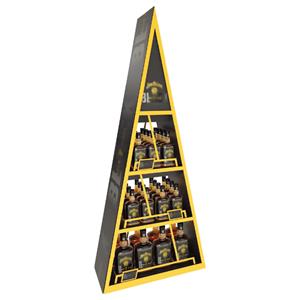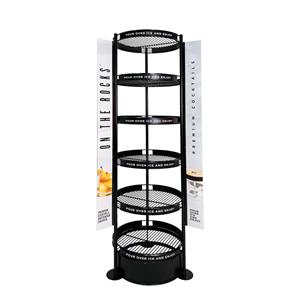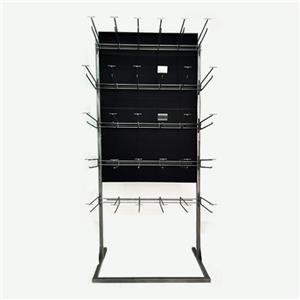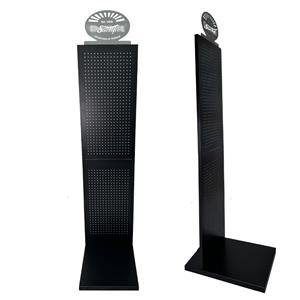The impact of tariff increase on display shelves
The impact of tariff increase on display shelves
Table of contents
1)Introduction
2)Overview of Changes in US Tariff Policies
3)Rotating display racks: rising costs and market cooling
4)Wooden display racks: Adjusting Strategy to Bring Space
5)FAQ: Common Issues on Dealing with Tariffs in the Display Rack Market
6) Sintop Value
Recently, the new round of tariff policies implemented by the United States is having a widespread impact on the display rack industry. Due to rising raw material costs, unstable supply chains, and squeezed profit margins, major products such as rotating display racks and wooden display racks are facing multiple challenges. Whether it's procurement plans, pricing mechanisms, or sales models, the entire market is being forced to make adjustments. This article will analyze in detail the direct impact of the current situation on the markets of rotating display racks and wooden display racks , and explore the response strategies of retailers and manufacturers.
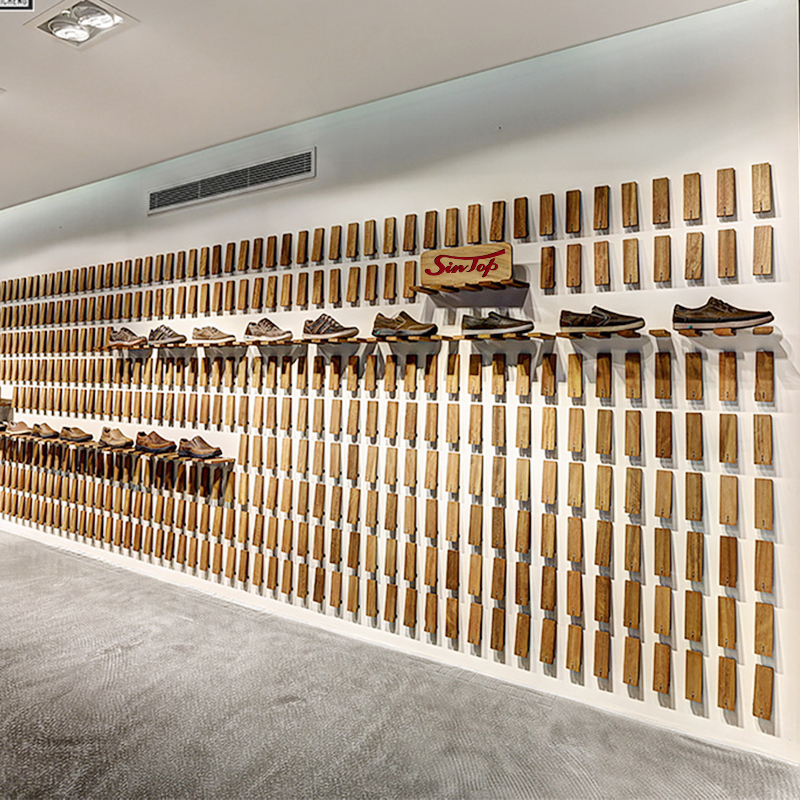
Overview of Changes in US Tariff Policies
According to the latest tariff adjustment, the United States has imposed higher tax rates on imported metal and wooden goods. For display rack manufacturers that rely on overseas raw materials, the impact is particularly significant. As a representative of metal products, the production cost of rotating display racks has significantly increased; And wooden display racks , which also belong to the category of wooden products, are also under pressure in terms of cost control.
The soaring prices of raw materials, increased transportation costs, and uncertainty in the global supply chain have put great pressure on local sales channels. Some buyers are turning to Southeast Asian countries for alternative solutions, while others are choosing to reduce order quantities to mitigate inventory risks. These changes are quietly reshaping the procurement model and circulation structure of rotating display racks and wooden display racks .
Rotating display racks: rising costs and market cooling
The impact on the rotating display racks is more direct. Due to its structure being mostly composed of metal, including key components such as brackets and rotating shafts, any fluctuations in raw material prices will quickly be reflected in product costs. For some small and medium-sized manufacturers, their already limited profit margins have been further compressed, and many factories have suspended the production of rotating display racks and instead invested in producing more profitable products.
In addition, the rotating display racks has high requirements for process accuracy, and the space for using alternative materials is very limited, making it more difficult to reduce costs. Although some brands have attempted to pass on costs through price adjustments, the market response has not been positive. Retailers have been cautious in the face of price increases, leading to a stagnation in sales growth for rotating display racks
.
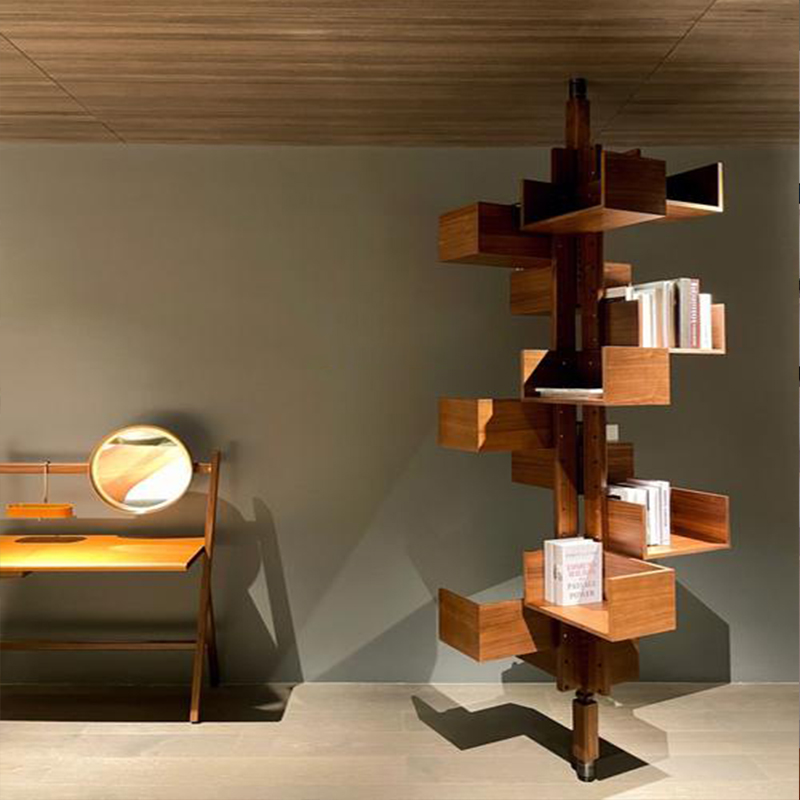
Wooden Display Stand: Adjusting Strategy to Bring Space
Compared with metal products, wooden display racks have certain flexibility in cost control. Many manufacturers control production costs by simplifying product structures and optimizing designs, making wooden display racks still highly competitive in terms of price. This strategy not only reduces the pressure brought by tariffs, but also maintains the quality level of products.
At the same time, some companies are gradually shifting towards localized assembly and establishing production chains in the United States or Mexico to bypass tax barriers. Although this layout requires a higher initial investment, in the long run, it will help achieve a more stable supply cycle and price system for wooden display racks.
In terms of market demand, wooden display racks still have impressive performance. The warm texture created by its natural materials and its compatibility with environmental trends make it widely popular in retail spaces. Especially in stores that emphasize brand image and visual style, wooden display racks are still the preferred option. The combination of innovative design and precision marketing has brought sustained market attention to it.

FAQ: Common Issues on Dealing with Tariffs in the Display Rack Market
1. Will there still be a market for rotating display racks in the future
Yes, but facing higher costs and more intense competition. Optimizing the structure and mass production still have the potential to control prices.
2. Will wooden display racks completely shift to local production
not always. Most manufacturers will adopt a "Sino US combination" approach, processing overseas and then assembling locally.
3. Is there still a cost-effective procurement channel available
Southeast Asia such as Vietnam and Indonesia are becoming new choices, but supply chain stability needs to be evaluated.
4. Can display shelf products still win through price competition
At present, it is recommended to enhance added value through differentiated design and brand packaging, rather than relying solely on price.
5. What kind of display stand does the future market value more
Environmentally friendly materials, modular structure, and convenient assembly display racks will be more popular, especially wooden display racks and functional rotating display racks, which still have market space.
Sintop Value
At Sintop, we stay agile amid global policy shifts. Whether it's through sourcing optimization, smart material selection, or flexible production strategies, our rotating display racks and wooden display racks continue to meet market needs with quality, design, and adaptability. As tariffs rise, Sintop ensures value remains high.

Contact information
Website: www.sintopfixtures.com
Wechat/WhatsApp: +86 15980885084
Email: elly@xm-sintop.com
FAQ
1. What are store fixtures?
Store fixtures are essential equipment and furniture used in retail spaces to display, organize, and store merchandise. Examples include shelving units, racks, display cases, counters, and hooks.
2. Why are store fixtures important?
Store fixtures enhance the shopping experience by organizing products, improving accessibility, maximizing space, and creating appealing displays that attract customers and boost sales.
3. What types of store fixtures are commonly used?
Common types of store fixtures include:
Shelving Units(wall shelves, free-standing shelves, adjustable shelving)
Display Cases (glass cases, countertop cases)
Racks (clothing racks, display racks)
Counters (checkout counters, service counters)
Hooks and Pegboards
End Caps
Signage and Graphics
Mannequins
4. How do I choose the right store fixtures for my retail space?
Consider your merchandise type, store layout, and branding needs. Fixtures should be functional, complement your store's design, and fit within your budget. Evaluate your space to determine the best fixture types and configurations for optimal product presentation and customer flow.
5. Can store fixtures be customized?
Yes, many store fixtures can be customized to align with your store's branding and specific needs. Customization options include materials, colors, sizes, and designs. Collaborating with a fixture supplier or designer can help create fixtures that match your store’s style and functional requirements.
6. How can I maximize space with store fixtures?
Utilize fixtures that optimize vertical space, such as wall-mounted shelves and tall display racks. Modular and adjustable fixtures can adapt to changing merchandise or store layouts. Plan your store layout carefully to ensure efficient use of space and smooth customer flow.
7. How do I maintain store fixtures?
Regularly clean and inspect fixtures to ensure they remain in good condition. Check for wear and tear, and repair or replace damaged parts. Follow manufacturer guidelines for maintenance and cleaning to extend the lifespan of your fixtures.
8. Can store fixtures be used for different types of retail stores?
Yes, store fixtures can be adapted for various retail environments, including clothing stores, electronics shops, grocery stores, and more. The choice of fixtures depends on the specific needs and merchandise of the store.
9. How can store fixtures improve the customer experience?
Well-designed fixtures make products easy to find and browse, enhancing the overall shopping experience. Effective use of fixtures creates an organized, aesthetically pleasing environment that encourages customers to spend more time in the store.
10. Where can I purchase store fixtures?
Store fixtures can be purchased from specialized fixture suppliers, retail equipment stores, or custom fixture manufacturers. Online retailers and local suppliers also offer a wide range of options.

